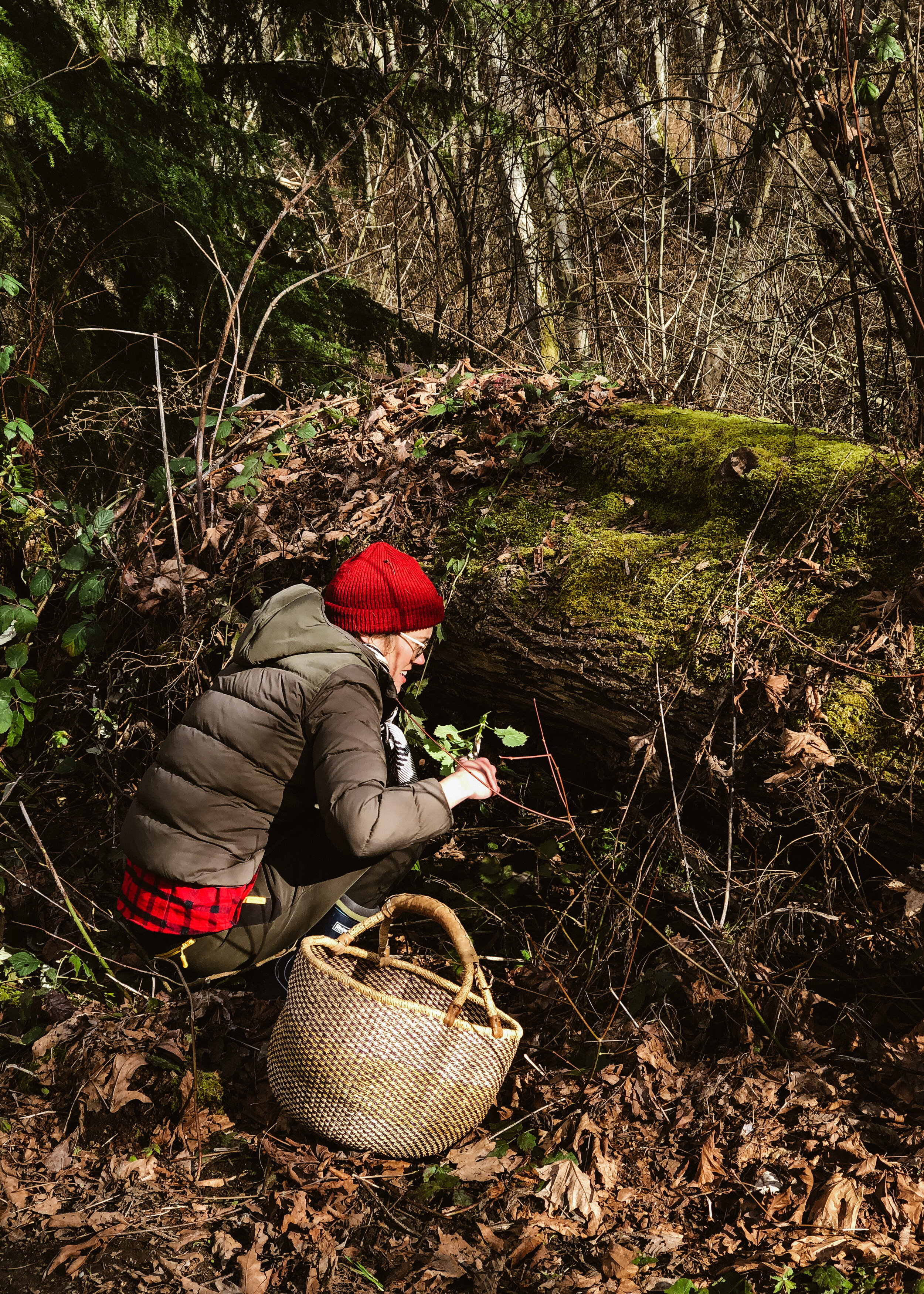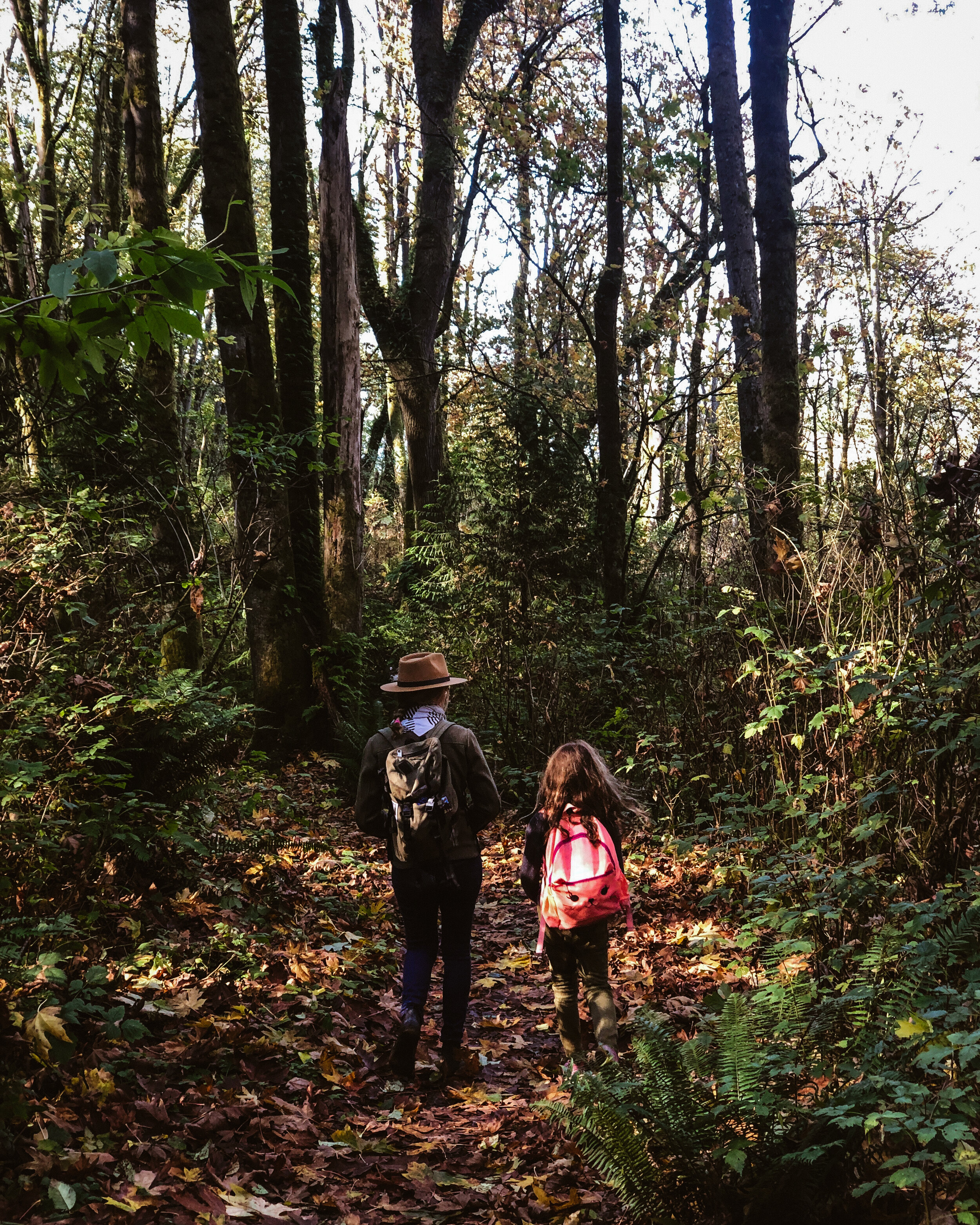This is a wonderful time of year to be outside, enjoying the spring warmth, watching the earth wake up from winter and collecting a bounty of wild foods. The only problem is that we are extremely limited with how and where we can gather and collect while we are in the midst of a pandemic.
The good news is that many delicious edibles can be found right in your backyard. Many of the “weeds” we loathe are not only edible but incredibly delicious and nutritious.
This is a perfect time to get familiar with a few wild edibles and enjoying adding some “weeds” to your diet.
We’ve put together a growing list of online resources that we have found helpful when expanding our knowledge of the wild foods that surround us.
Our friend and foraging expert, Hank Shaw, recently published a post highlighting the bounty of edible greens found right outside his house. The extensive post covers dandelions, miners lettuce, nettles and more. Spend some time digging into Hank’s blog as it is a bountiful resource of wild food recipes and information.
Here are a few other of Hank’s posts that will keep you busy foraging in your neighborhood.
Also, be sure to catch our podcast episode with Hank.
Langdon Cook is another great example of a gifted writer and teacher. His blog is a wealth of recipes to turn your wild foods into a memorable meal. This recipe for stinging nettle soup is a classic.
Here are a few others I’m eager to try:
Halibut with Nettle Sauce, Peas and Miner’s Lettuce
I also really love this interview Langdon did with Becky Lerner, author of Dandelion Hunter.
Here are a few more great resources for backyard foraging we’ve been learning from:
7 Edible Weeds in Your Backyard
All About Japanese Knotweed then try this sour cocktail
Wild Greens Salad from Forager Chef
Unless you’re real lucky edible wild mushrooms probably don’t grow in your backyard, but this is a great time to learn all about mushrooms. Yellow Elanor is one of our favorite resources on mushroom knowledge. She is a knowledgeable and enthusiastic teacher. If you, like us, are now thrown into the world of homeschooling, grab the kids and watch some videos.
And just for fun check out this New Yorker article on Euell Gibbons from 1968





